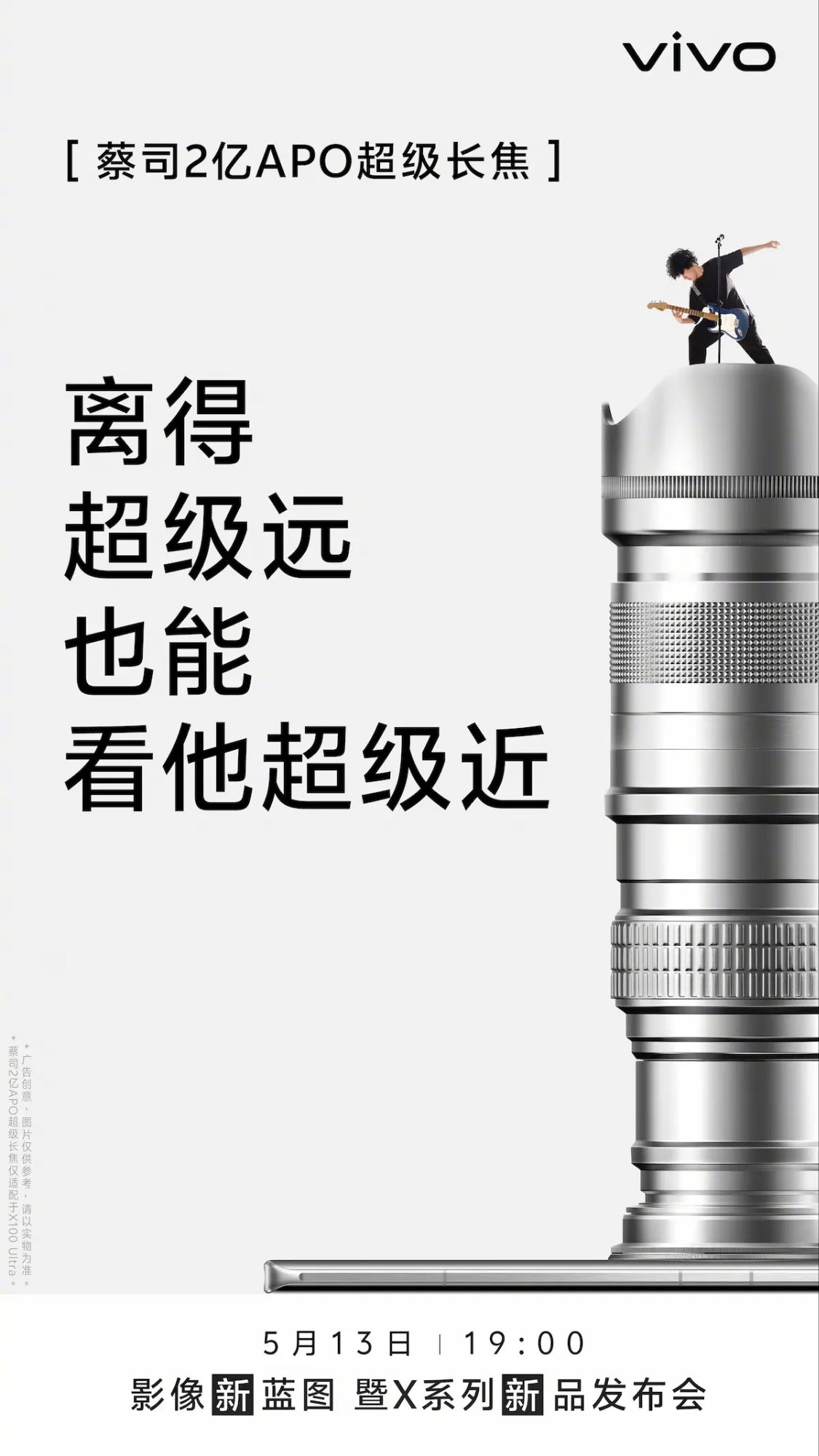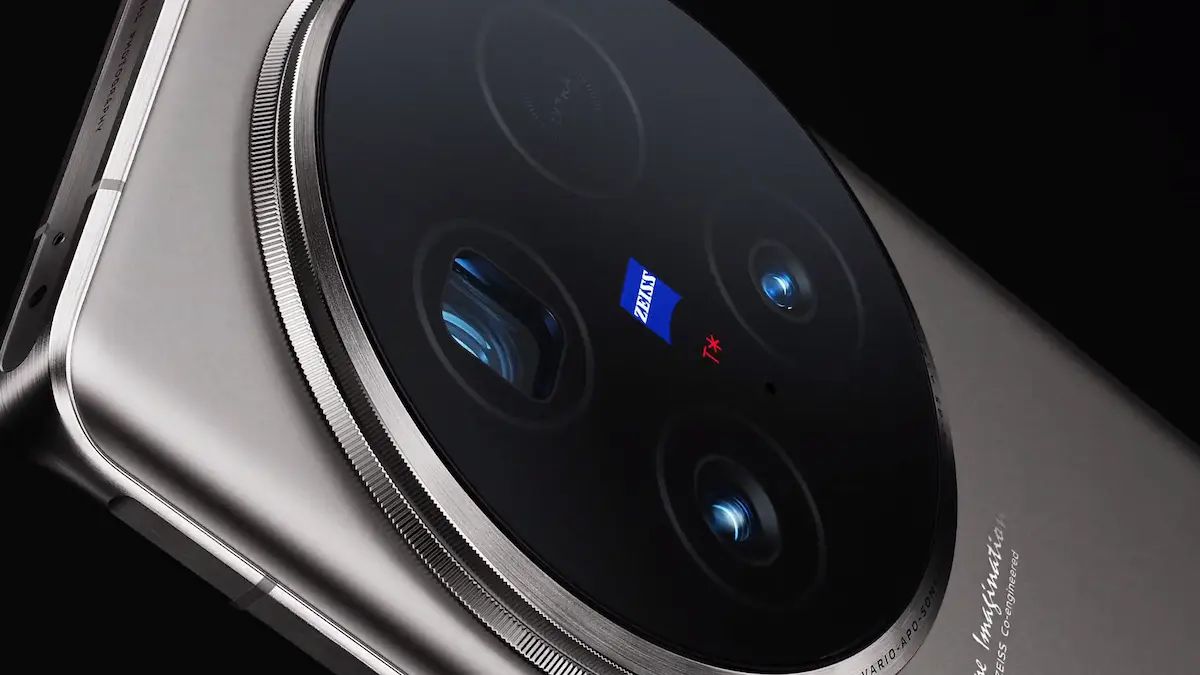Vivo’s new members of the X100 series will be released next Monday, May 13th at 7:00 PM. In addition to the world premiere of the Dimensity 9300+ processor with X100s models, the camera aspect is a heavy selling point of this series of new devices, especially the Thanos.
Today, Vivo emphasized that the “Zeiss 200-megapixel APO super telephoto” allows you to see subjects super close even when you are super far away, praising the camera strength of the device.

The Vivo X100 Ultra is called the “Thanos” and is undoubtedly the most powerful telephoto in the history of smartphones. So, what exactly is so powerful about it? The CLS China published a report unveiling the true strengths behind the Vivo X100 Ultra’s camera capabilities.
First of all, the sensor: Vivo and Samsung jointly developed the HP9 sensor, boasting up to 200MP, the largest sensor used in current mobile phone high-power telescope modules. Previously, it was speculated to be the HP3, but the HP9 sensor is of a higher level. Compared to the HP3 sensor, the Vivo X100 Ultra’s 200MP HP9 sensor improves light sensitivity by 12%. This is thanks to the introduction of Vivo’s second-generation VCS technology, which upgrades the design of iterative sensor pixels, optimizing pixel light sensitivity.

Then, in terms of lenses, this telephoto uses the industry’s only fluorite-grade glass lens, FCD100, currently the industry’s strongest low-dispersion glass material, with an Abbe number as high as 95, effectively improving imaging quality. Interestingly, the same material is used in Sony’s new G Master lenses, certified by Zeiss APO. FCD100 was previously only used in the field of professional cameras.
Lastly, many fans are concerned about telephoto anti-shake. The Vivo X100 Ultra’s telephoto lens has once again obtained Zeiss APO certification and professional-grade camera image stabilization CIPA 4.5, creating many firsts in mobile phone imaging. In addition to hardware-level stabilization, telephoto is supplemented by exclusive self-research algorithms to bring unexpected telephoto stage filming effects, creating an unprecedented super concert camera.
Camera Modules:
- 50MP LYT900 1-inch main camera at the rear,
- 50MP LYT600 mid-bottom ultra-wide-angle camera,
- 200MP HP9 large-bottom periscope telephoto camera,
- 50MP ISOCELL JN1 Front Camera (with 4K@60fps recording)
Looking at the hardware level alone, the Vivo X100 Ultra’s stack has already achieved the industry’s ultimate, making it the uncompromising king of specifications. We eagerly anticipate its actual performance.

Meanwhile, Vivo also announced further deepening its cooperation with Zeiss and officially signed a new joint research and development expansion agreement. According to reports, the two parties will jointly explore innovation and key technologies in mobile optics and develop better imaging solutions. Vivo’s self-developed imaging technology IP – the specific technical applications of BlueImage will be unveiled in the upcoming new X series products jointly developed by Vivo and Zeiss.
